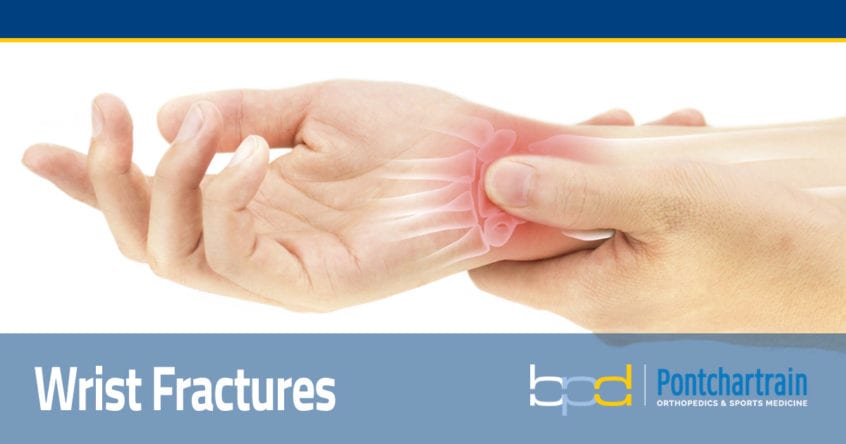
What are Wrist Fractures?
Understanding the Structure of the Wrist
What can Cause a Wrist Fracture?
How is a Fractured Wrist Diagnosed?
Treatment Options
If you suspect you have a wrist fracture, you should try to be evaluated as soon as possible. If you can see your hand surgeon right away, that’s ideal. However, if that’s not possible seeing an orthopedist, visiting our Saturday Orthopedic Walk-in Clinic, or even an urgent care is a good idea. Not only can they diagnose the fracture, but they can immobilize and protect the injury until you can make an appointment to see a hand specialist. Urgent and emergent care should be obtained if there is a deformity to the area, a cut or open wound around the injured area, or if you are experiencing numbness or trouble moving your fingers. An untreated or improperly treated fracture can lead to more serious issues, including loss of grip strength and a decreased range of motion. If left untreated for too long, there is also a risk of a more serious condition known as avascular necrosis. A fracture to the scaphoid bone may interrupt blood supply to the rest of the bone and can increase the risk of osteoarthritis to the wrist.
Treatment is determined by many factors: the location and severity of the fracture, the age of the patient, and their activity level.
Non Surgical
Surgical
Open Surgery
Open Surgery is usually required for fractures where the bones are displaced or unstable. The surgeon uses a metal plate and screws to stabilize the break and allow better alignment. Read more about open surgery for wrist fractures
Arthroscopic Assisted Fixation
Arthroscopic assisted fixation is performed using a camera to get a better look at the injury and align the fractures. This procedure is used primarily for distal radius fractures that involve the joint, but can also be used for carpal bone breaks. Because the cartilage or joint surface can be better aligned it allows for better outcomes. Read more about arthroscopic assisted fixation for wrist fractures
Wide Awake Local Anesthesia No Tourniquet (WALANT)
Wide Awake Local Anesthesia No Tourniquet (WALANT) is a relatively new technique that eliminates the need for general anesthesia and a tourniquet through the use of lidocaine to block pain and epinephrine to control bleeding. It is more commonly used for fractures in the finger or hand, but can be possible for certain fractures of the wrist. Read more about Wide Awake Local Anesthesia No Tourniquet (WALANT) for wrist fractures.
Recovery Time
For the most part, the bones heal at the same rate for surgically and non-surgically treated fractures. It typically takes about 4 to 6 weeks for the bones to be stable enough to return to many activities. When surgical treatment is performed, plates and screws hold the fracture in place, and often can afford earlier motion (but not necessarily use) than non-surgical treatments that rely on casts and braces to hold the bones straight.
Although the fracture itself may be healed in 4 to 6 weeks, that doesn’t mean that the wrist is fully recovered. It takes time for the joints, tendons, and ligaments to regain their motion and strength. It can take 3 to 6 months for the arm to return to full strength.

